________________________________________________________________________________
Dyna VT Transmission for Massey Ferguson 7624 Tractors
Operating principle of the DYNA VT
transmission
The Dyna VT transmission of MF 6616, 7624, 6615, 7620, 7622 tractors is
a continuously variable transmission in both forward and reverse
positions.
Hare/Tortoise range switching with synchronisation is incorporated into
the transmission. The Tortoise range allows ground speeds of 0 to 32
kph. The Hare range allows ground speeds of 0 to 50 kph, and the maximum
standard speed is electronically limited to 40 kph.
The Tortoise range is intended for heavy traction work at low speeds of
less than 12 kph. The Hare range is intended for road driving
(transport). At 50 kph, the transmission ratio is controlled
electronically according to engine speed.
Power transmission can be hydrostatic OR mechanical or hydrostatic AND
mechanical.
In simple terms, we can state:
- Slow forward position = Power transmission: majority = hydrostatic /
minority = mechanical
- Fast forward position = Power transmission: minority = hydrostatic /
majority = mechanical.
Power transmission hydrostatic circuit
The Massey Ferguson 6616, 7624, 6615, 7620, 7622 Dyna VT transmission
unit is flexible suspended in the transmission housing. This latter also
serves as an oil tank for the hydrostatic transmission.
Filling: OilTerrac Extra or Terrac Tractran 9/Fluid 9, or any other oil
complying with standard CMS.
The lube oil pump sucks oil through the suction strainer. The
temperature sensor monitors the transmission oil temperature.
In brief, if the transmission oil is cold, little oil passes through the
cooler and most goes through the by-pass valve. This valve opens at a
differential pressure of approximately 3.5 bars. The hydraulic oil
temperature is monitored by the temperature sensor.
The service pump supplies the system pressure to the Dyna VT control
spool valves and comfort control solenoid valves. The system pressure of
approximately 18 bars is limited by a pressure-limiting valve with
throttling port.
Two different pressures are present in the system.
- Low pressure for the MF 7624, 7615, 6616, 7620, 7622 tractors Dyna VT
transmission control and auxiliary pressure for rear PTO clutch,
differential block and universal joint brake. The measuring point of
this pressure is approximately 18 bars.
- High pressure in the Dyna VT transmission. Pressure measuring point,
approximately 500 + 20 bars.
The oil filter clogging is monitored by a pressure switch according to
the transmission oil temperature. When this temperature is lower than
50C, oil filter clogging is not monitored.
Cooled transmission oil inlet into the high pressure circuit is
performed in alternation by two non-return valves. Hot transmission oil
outlet from the high pressure circuit occurs through the pressure relief
valve.
The high pressure circuit comprises : a variable displacement pump and a
hydrostatic motor, two non-return valves, two high pressure limiting
valves, one pressure relief valve, one coupler function solenoid valve,
one clutch function controlled valve and one check connector.
The pump and motor screw cylinders are controlled by two 4/3 spool
valves. These 4/3 spool valves are mechanically controlled by the cam
channel drive shaft.
Rotation of the drive shaft is initiated, according to the need, by the
control unit which thus defines the hydraulic capacity and hence the
hydraulic power.
The variable displacement pump and hydrostatic motor pivot
proportionally. In backup position, the screw shaft is manually
activated from the driver’s cab. In limp home position, the transmission
automatically blocks at approximately 30 kph after engine start-up.
If the clutch pedal, parking brake or neutral switch are used, the high
pressure circuit is automatically unloaded by means of two high pressure
limiters. The coupler function is controlled by the pressure limiter.
The control unit
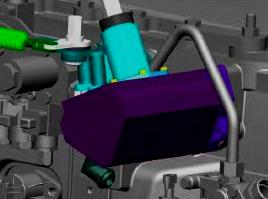
Fig.73
The control unit drives the cam channel drive shaft, which changes the
Dyna VT transmission ratio.
The Massey Ferguson 7624, 7616, 6615, 7620,
7622 tractor Dyna VT control unit comprises the following elements:
- Limp home operation control (required in the event of electronic
control failure).
- Coupling of the incremental rotational angle sensor with a digital
resolution of 8,000 pulses per revolution.
- Epicyclic gear train transmission i = 192: 1 (screw shaft motor)
- 12 VDC electric motor, 0.4 to 7 amps, vacuum control unit 4,500 rpm
- Friction clutch 2.5 to 3.5 Nm, using the limp home operation socket
wrench, 4 to 5 Nm.
Following ignition, the control unit searches for the reference point
(approximate neutral point between forward and reverse operation).
Sensors
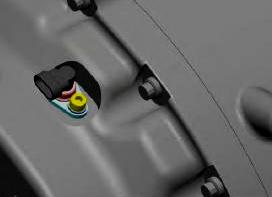
Fig.74
Engine sensor (TR23): measures engine speed. This sensor measures engine
speed. If it fails, only the limp home operation can be used.
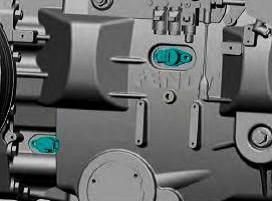
Fig.75
Summing shaft (TR19) and drive pinion (TR11) Hall sensor: measures
engine speed or rate and recognizes the rotational direction.
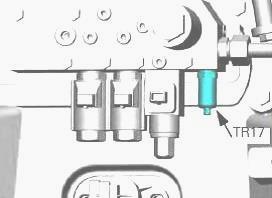
Fig.76
High pressure sensor (TR17) transmits the instantaneous oil pressure in
the high pressure oil circuit to the electronic system.
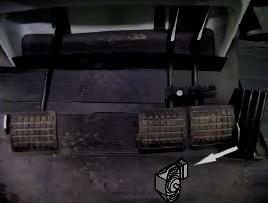
Fig.77
Throttle pedal sensor (CAB 44): transmits the position of the throttle
pedal to the electronic system and compares it to the engine speed. This
position sensor is used for load control.
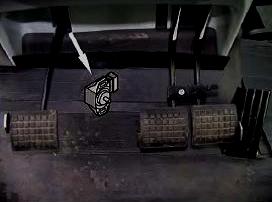
Fig.78
Clutch pedal progressivity sensor (CAB 12): electronically monitors
clutch pedal travel.
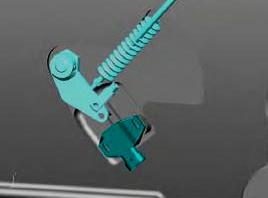
Fig.79
Hare / Tortoise range position sensor (TR8): electronically monitors the
range selector switch position.
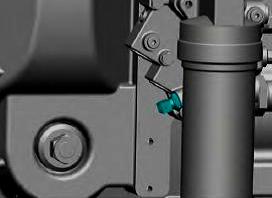
Fig.80
Temperature sensor (TR12): monitors transmission oil temperature.
Temperatures greater than 110°C are stored with an error code.
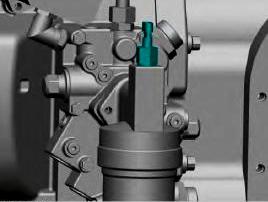
Fig.81
HP filter clogging sensor (TR13): monitors the clogging of the high
pressure filter.
Massey Ferguson MF 6615, 7624, 6616, 7620, 7622 Dyna VT transmission
operating diagrams
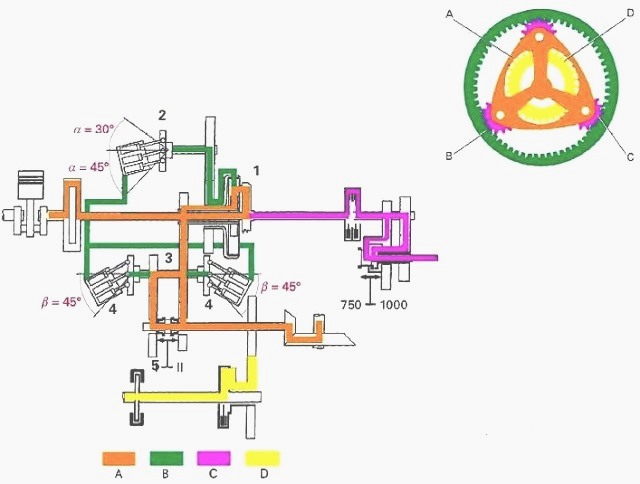
Fig.82. Epicyclic gear train / Power distribution
A - Transmission of mechanical force, B - Transmission of hydrostatic
force, C - Power take-off drive, D - Front axle drive, 1 - Epicyclic
gear train, 2 - Hydrostatic pump, 3- Summing shaft, 4 - Hydrostatic
motor, 5 - Range shifting, A - Planet carrier, Driven by the engine - B:
Ring gear, Drives the hydrostatic pump - C: Pinion gear, D: Sun gear
pinion - Drives the summing shaft, C: Pinion gear
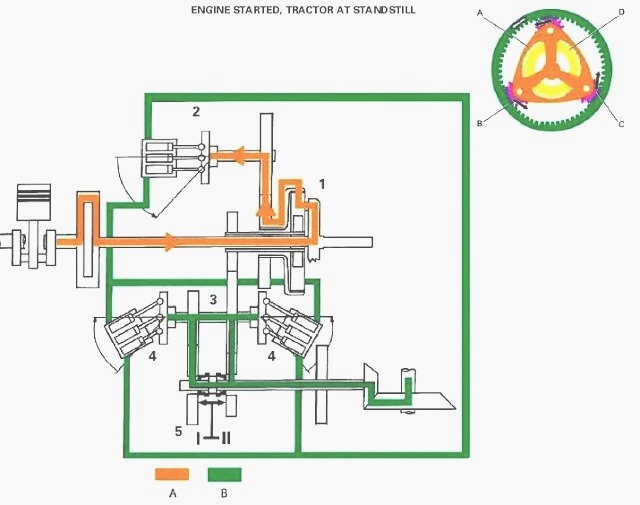
Fig.83. Dynamic stop
A:Transmission of mechanical force
B: Transmission of hydrostatic force
- The engine drives the planet carrier (A)
- The ring gear (B) turns, driving the pump (2) without any flow
- The hydrostatic motors 4 do not turn
- The sun gear (D) does not turn as it is blocked by the MF 6616, 7624,
6615 tractor wheels via the rear axle bevel gear
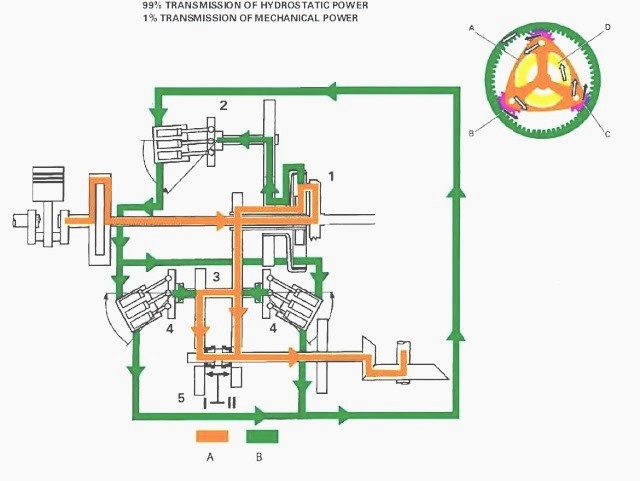
Fig.84. Start-up
A:Transmission of mechanical force
B: Transmission of hydrostatic force
- The pump (2) tilts and supplies flow to the motors (4)
- The motors (4) drive the rear axle
- The sun gear starts to turn and the ring gear speed decreases
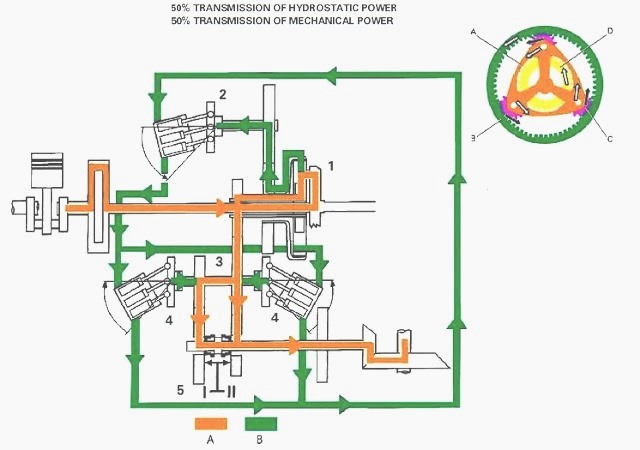
Fig.85. Average ground speed
A: Transmission of mechanical force
B : Massey Ferguson 6615, 7624, 6616, 7620, 7622 Dyna VT Transmission of
hydrostatic force
- The pump (2) angle increases
- The pump flow increases and the angle of the motors (4) decreases
- The sun gear speed increases, increasing the bevel gear speed
- The planet carrier speed is constant
- The ring gear speed decreases
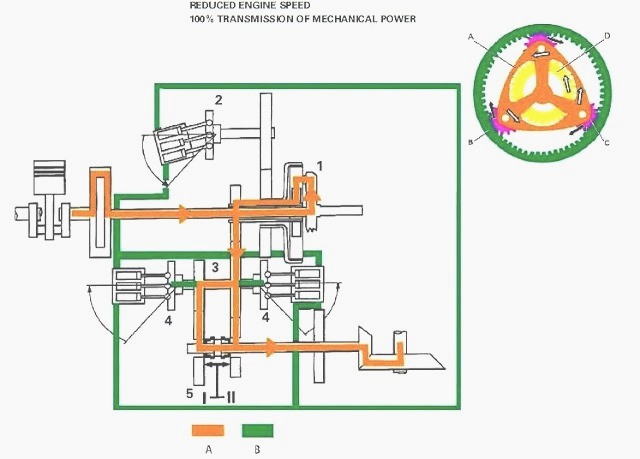
Fig.86. Transport
A: Transmission of mechanical force
B : Transmission of hydrostatic force
- The angle of the motors (4) is 0° and the flow from the pump is
blocked
- The pump (2) is thus blocked stationary, as is the ring gear
- The planet carrier turns
- The sun gear turns, driving the bevel gear on its own
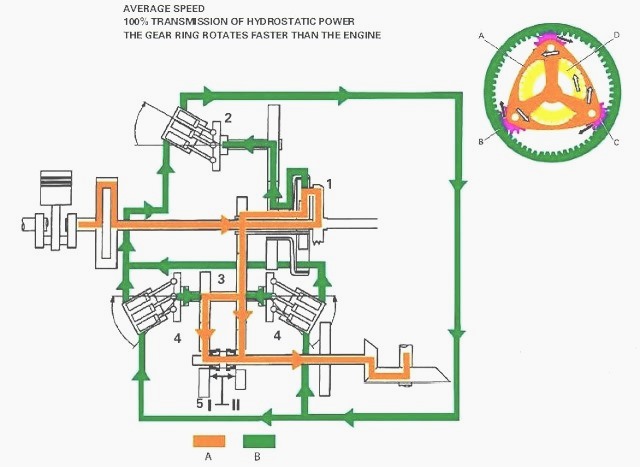
Fig.87. Reverse
A: Transmission of mechanical force
B: Transmission of hydrostatic force
- The pump (2) is tilted at the opposite angle, so the flow is reversed
- The motors (4) turn in the opposite direction
- The sun gear thus turns in the opposite direction to the planet
carrier and so also drives the bevel gear in the opposite direction
- The ring gear speed increases
Architecture of the hydrostatic components
For conventional hydrostatic components, the rotational angle only
reaches 30°. Example of a conventional variable displacement pump with
axial pistons.
This system, on the other hand, proposes hydrostatic components
specially designed to provide a 45° rotational angle. Example of a
special variable displacement
pump with axial pistons.
This means:
- Higher intrinsic yield of hydrostatic components with respect to
conventional components.
- A 45° rotational angle offers the possibility of increasing the ground
speed scope, resulting in a decrease in the number of required
mechanical ranges.
________________________________________________________________________________
________________________________________________________________________________________
________________________________________________________________________________________
________________________________________________________________________________________
________________________________________________________________________________________
________________________________________________________________________________________
________________________________________________________________________________________
________________________________________________________________________________________
________________________________________________________________________________________
________________________________________________________________________________________
________________________________________________________________________________________
________________________________________________________________________________________
________________________________________________________________________________________
________________________________________________________________________________________
________________________________________________________________________________________
________________________________________________________________________________________
________________________________________________________________________________________
________________________________________________________________________________________
________________________________________________________________________________________
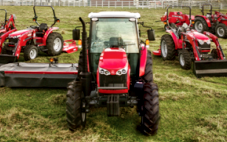 SPECS
SPECS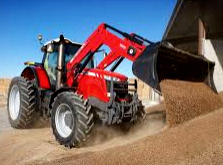 LOADERS
LOADERS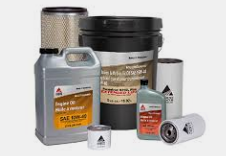 MAINTENANCE
MAINTENANCE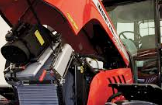 PROBLEMS
PROBLEMS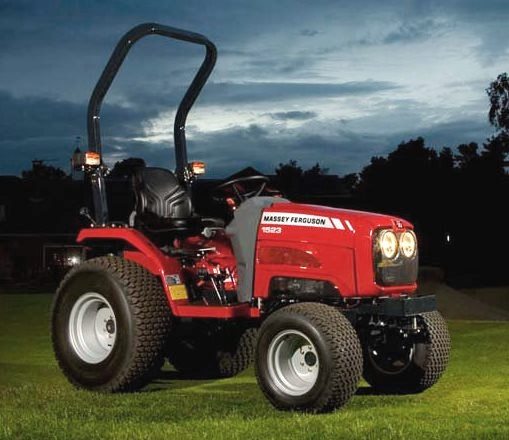 MF 1523
MF 1523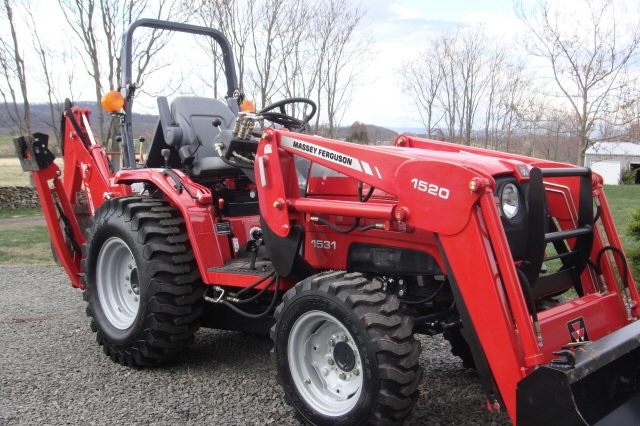 MF 1531
MF 1531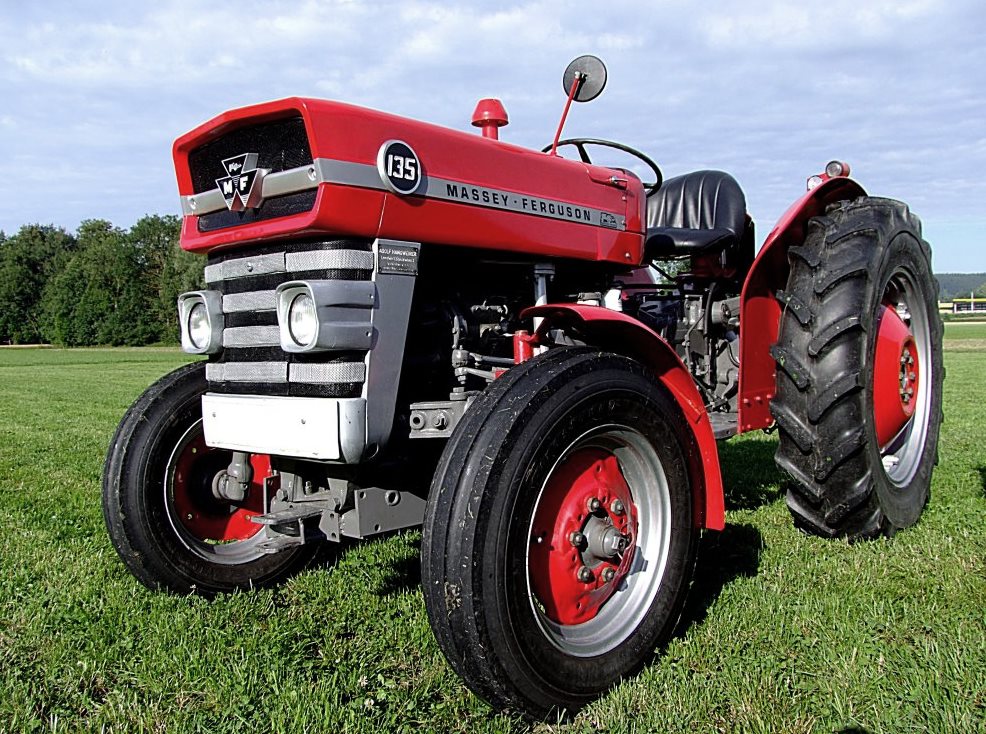 MF 135
MF 135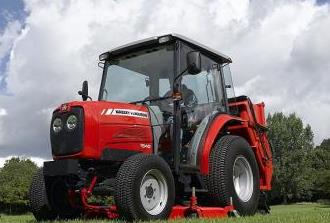 MF 1547
MF 1547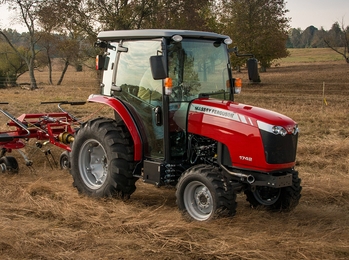 MF 1635
MF 1635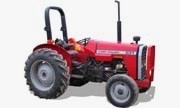 231
231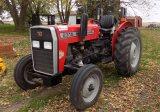 231S
231S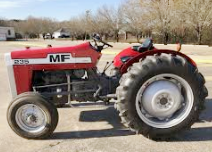 235
235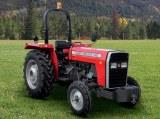 240
240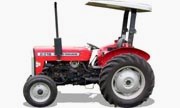 241
241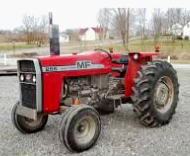 255
255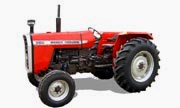 265
265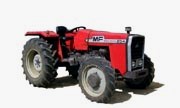 274
274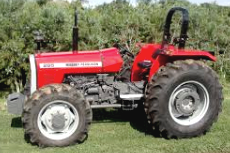 285
285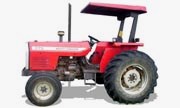 375
375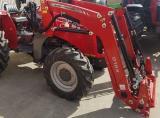 916X Loader
916X Loader 921X Loader
921X Loader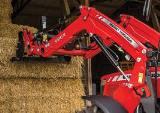 926X Loader
926X Loader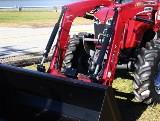 931X Loader
931X Loader 936X Loader
936X Loader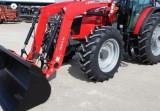 941X Loader
941X Loader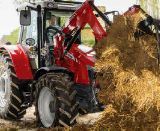 946X Loader
946X Loader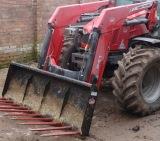 951X Loader
951X Loader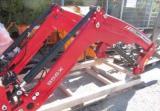 956X Loader
956X Loader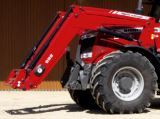 988 Loader
988 Loader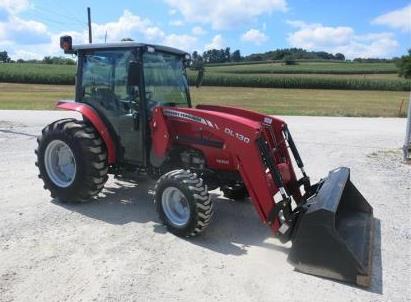 1655
1655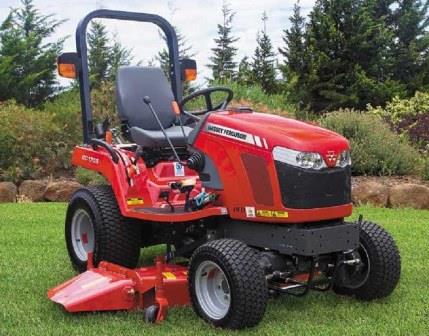 GS1705
GS1705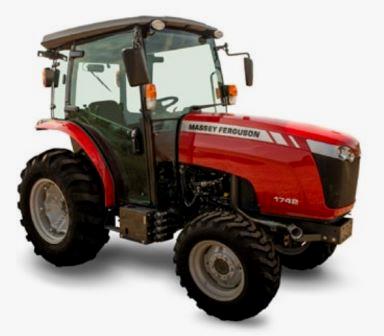 1742
1742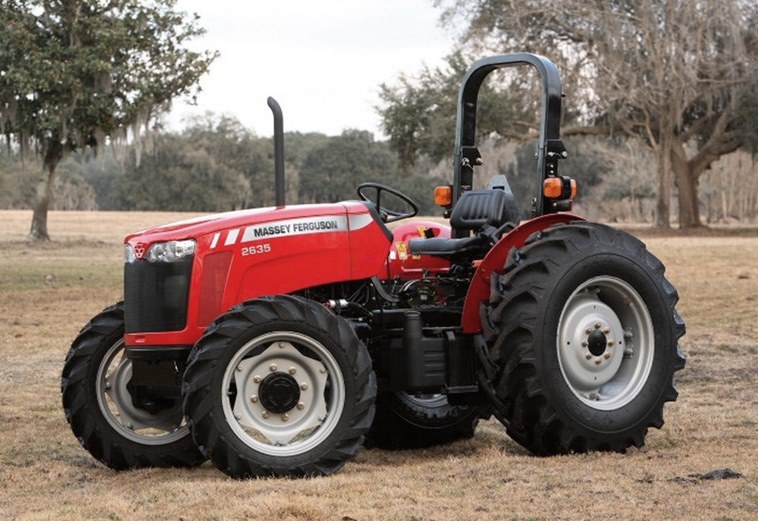 2635
2635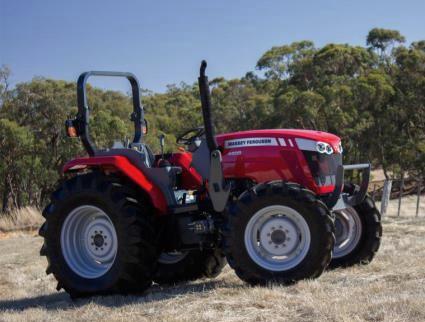 4608
4608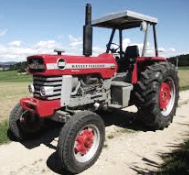 1080
1080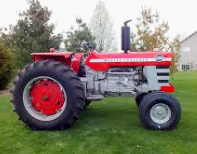 1100
1100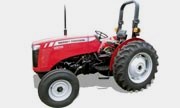 2615
2615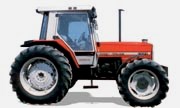 3050
3050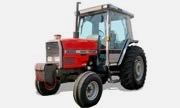 3060
3060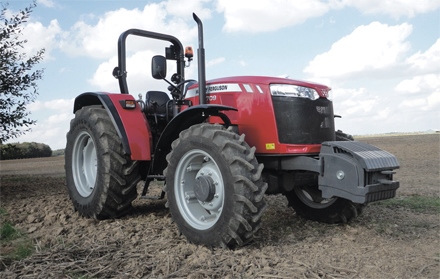 4708
4708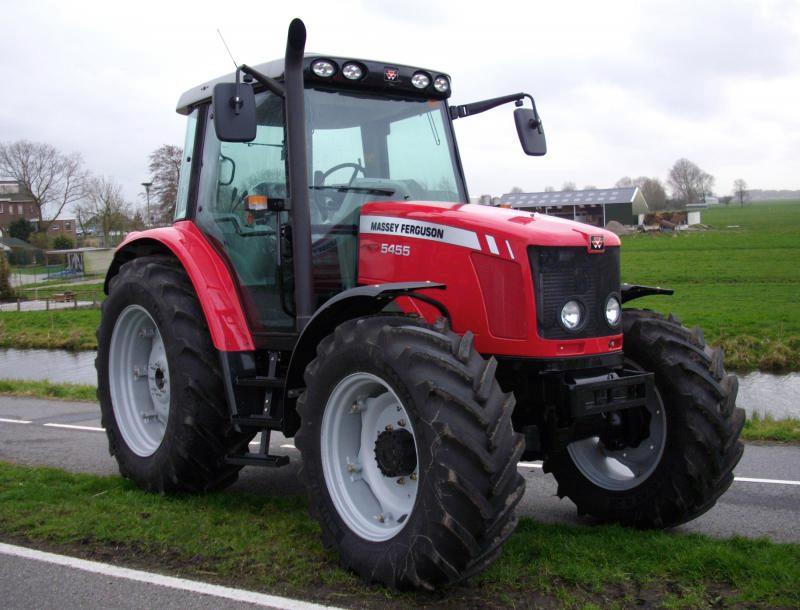 5455
5455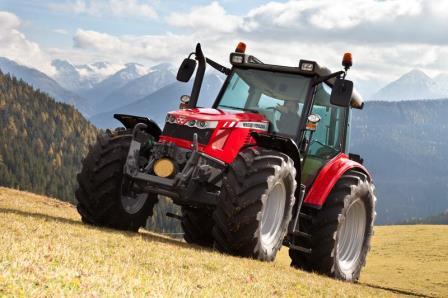 5450
5450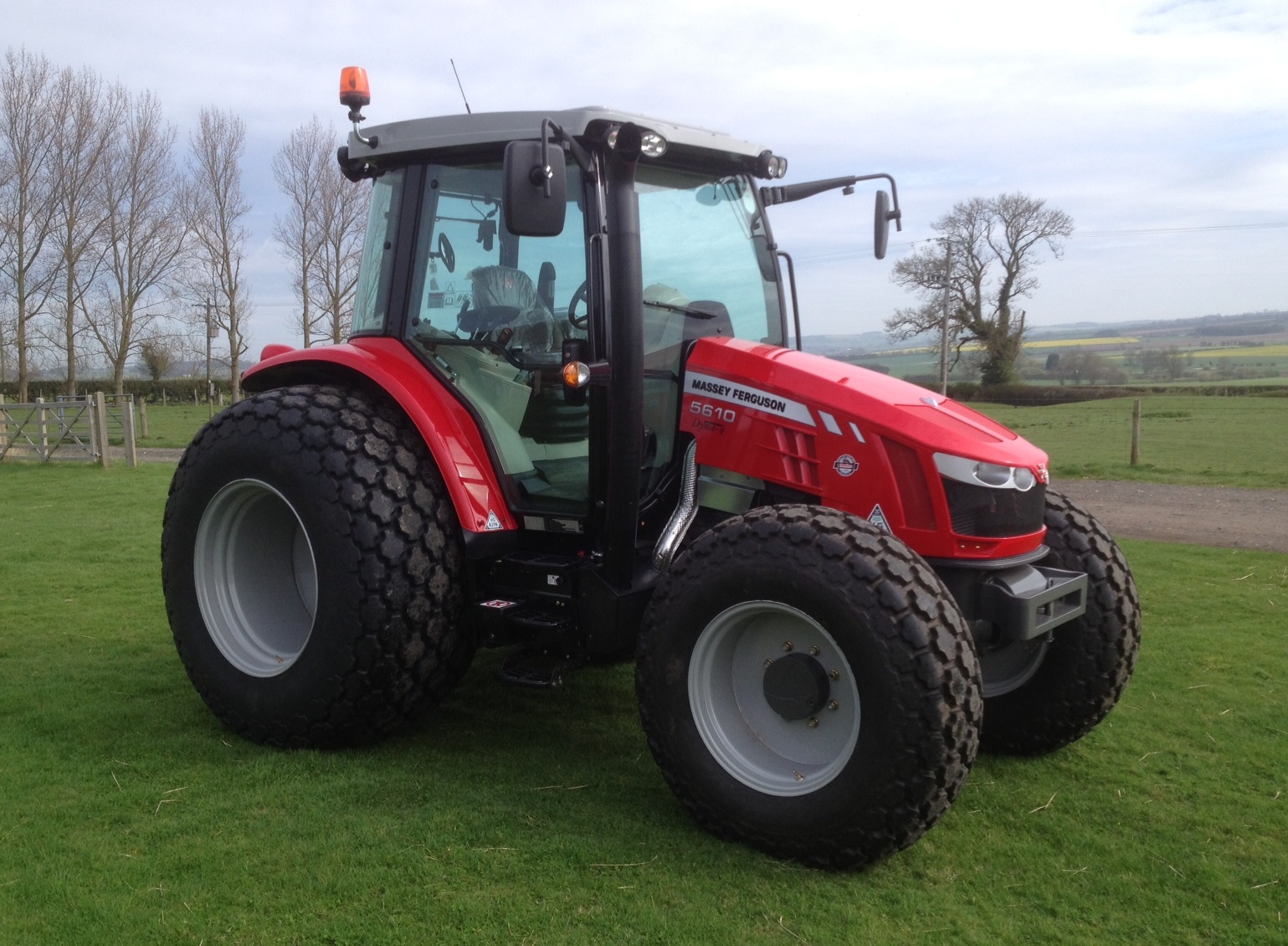 5610
5610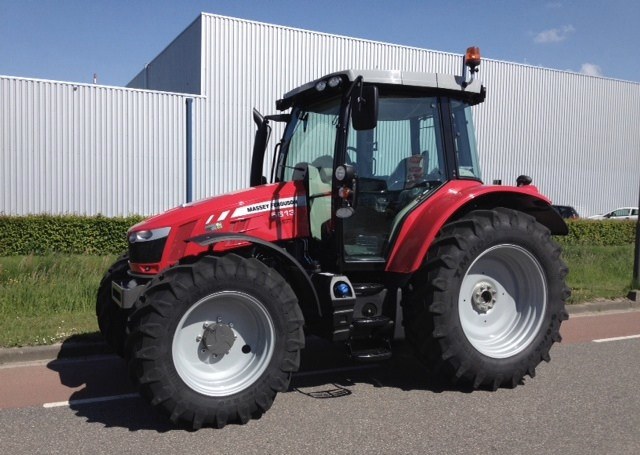 5613
5613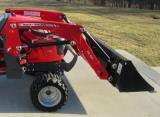 DL95 Loader
DL95 Loader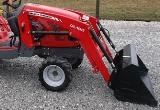 DL100 Loader
DL100 Loader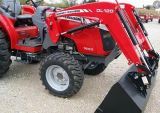 DL120 Loader
DL120 Loader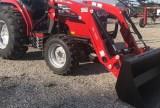 DL125 Loader
DL125 Loader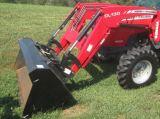 DL130 Loader
DL130 Loader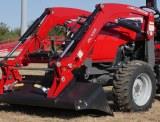 DL135 Loader
DL135 Loader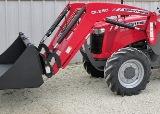 DL250 Loader
DL250 Loader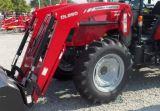 DL260 Loader
DL260 Loader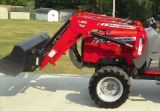 L90 Loader
L90 Loader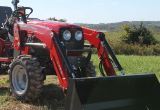 L100 Loader
L100 Loader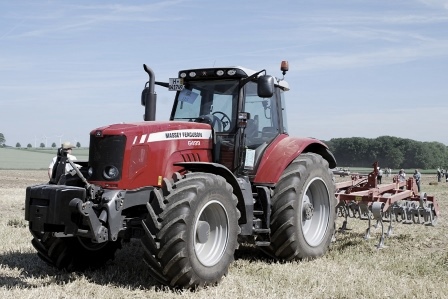 6499
6499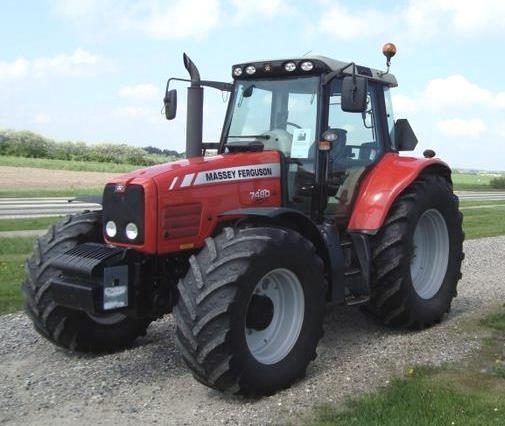 7480
7480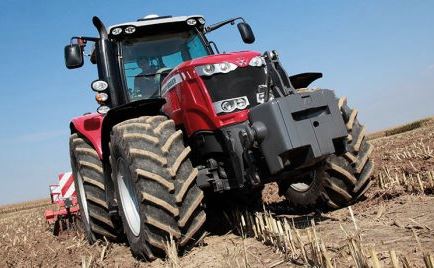 7618
7618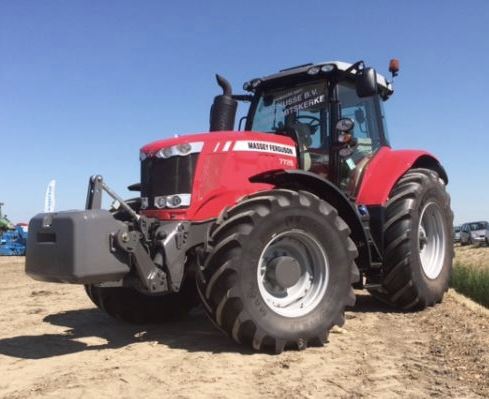 7726
7726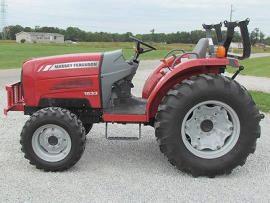 1533
1533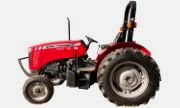 2604H
2604H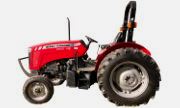 2607H
2607H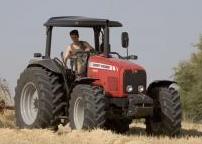 4455
4455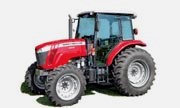 4610M
4610M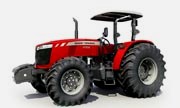 4710
4710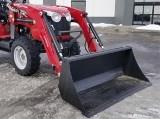 L105E Loader
L105E Loader L210 Loader
L210 Loader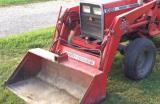 1014 Loader
1014 Loader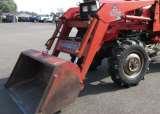 1016 Loader
1016 Loader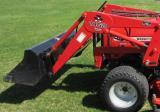 1462 Loader
1462 Loader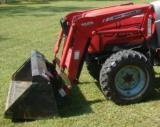 1525 Loader
1525 Loader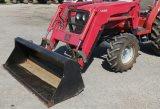 1530 Loader
1530 Loader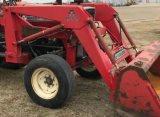 232 Loader
232 Loader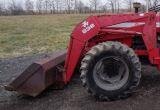 838 Loader
838 Loader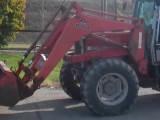 848 Loader
848 Loader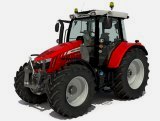 5712SL
5712SL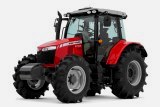 6713
6713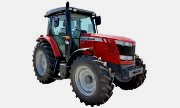 6715S
6715S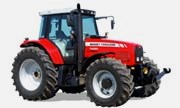 7475
7475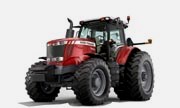 7615
7615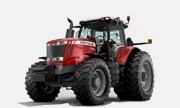 7716
7716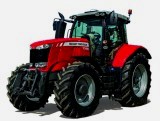 7724
7724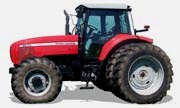 8240
8240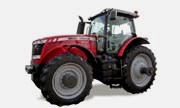 8650
8650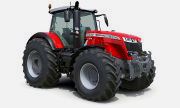 8732
8732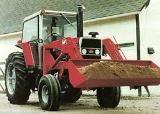 246 Loader
246 Loader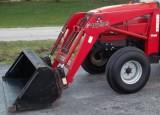 1036 Loader
1036 Loader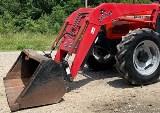 1038 Loader
1038 Loader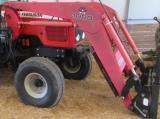 1080 Loader
1080 Loader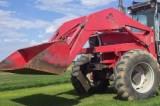 856 Loader
856 Loader